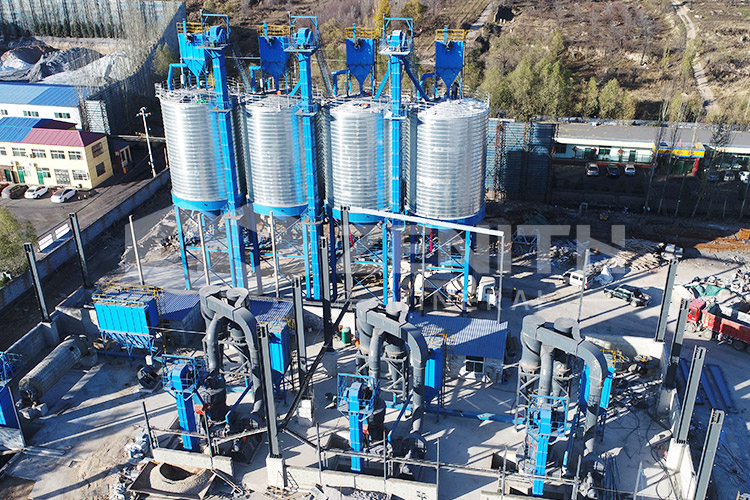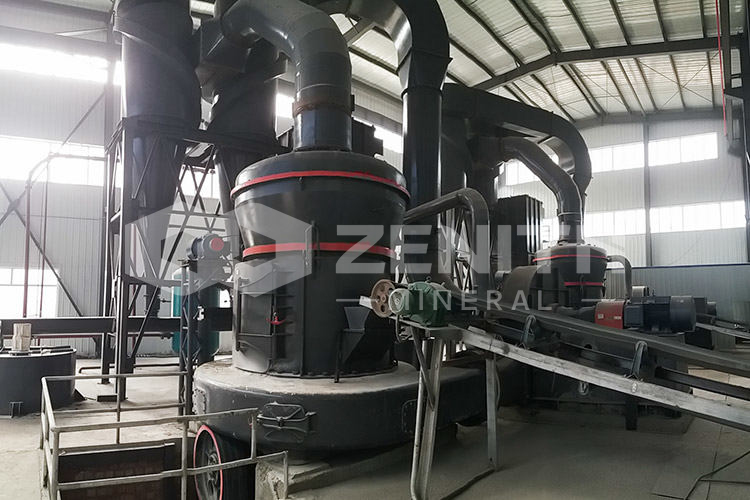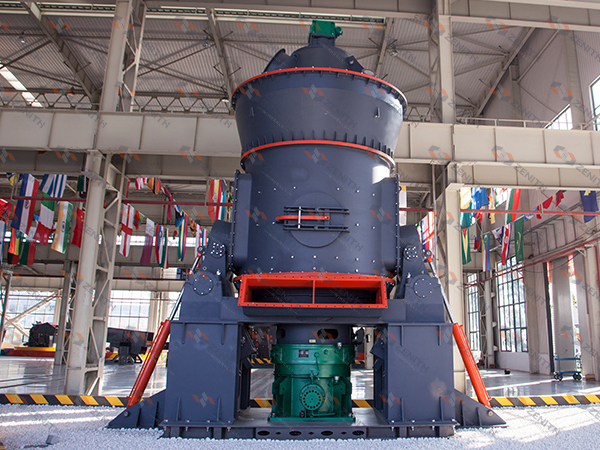Lithium extraction process from lithium-rich electrolyte slag powder grinding
2025-11-07 00:36:19
The global transition toward clean energy and electric mobility has created unprecedented demand for lithium, driving innovation in extraction methodologies. Among the most promising sources is lithium-rich electrolyte slag, a byproduct of battery manufacturing and recycling processes. Efficient recovery of lithium from this material requires sophisticated grinding technologies that can liberate lithium compounds while maintaining chemical integrity and maximizing yield.
At Zenith Machinery, we've developed specialized grinding solutions specifically engineered for processing challenging materials like electrolyte slag. Our equipment portfolio covers the entire spectrum of size reduction requirements, from coarse pre-processing to ultrafine powder production suitable for direct lithium extraction processes.

The Critical Role of Particle Size in Lithium Liberation
Lithium compounds in electrolyte slag are typically encapsulated within complex matrices of other minerals and compounds. Effective extraction requires precise particle size control to expose lithium-bearing phases without over-grinding, which can create problematic surface chemistry or excessive energy consumption. Our research indicates that optimal lithium liberation occurs in the 400-1250 mesh range (approximately 10-38 microns), where lithium compounds become sufficiently exposed for subsequent hydrometallurgical or pyrometallurgical processing.
The MTW European Trapezium Mill has proven particularly effective for this application, producing 80-400 mesh fine powder with capacities up to 50 tons per hour. Its modular impeller adjustment system allows operators to fine-tune output specifications based on the specific characteristics of the electrolyte slag feedstock, which can vary significantly between different production sources.
Energy Efficiency: A Critical Consideration
Traditional ball mills, while capable of processing electrolyte slag, consume excessive energy – a significant concern given the energy-intensive nature of lithium extraction overall. Our comparative studies demonstrate that Zenith's trapezium mill technology reduces energy consumption by more than 60% compared to conventional ball mills of equivalent capacity. This efficiency gain translates directly to lower operational costs and reduced environmental impact per ton of recovered lithium.
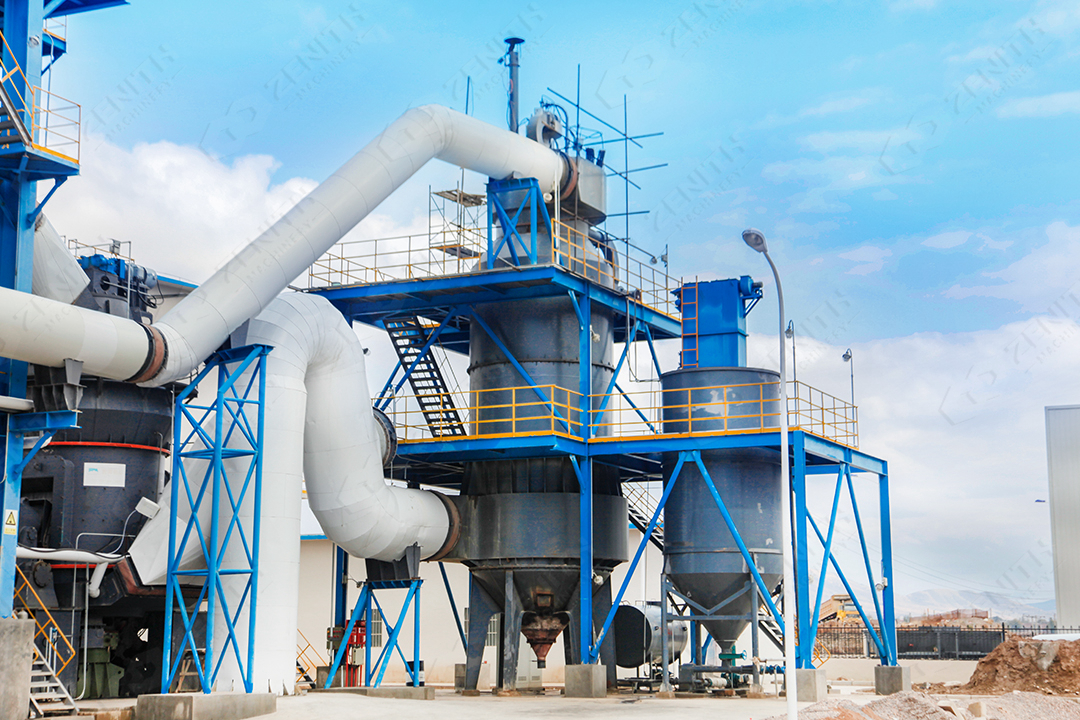
Advanced Grinding Solutions for Lithium Recovery
For operations requiring continuous processing of large volumes, the LM Vertical Grinding Mill offers 24-hour constant running capability with automated control systems. This is particularly valuable in industrial-scale lithium recovery facilities where process consistency directly impacts extraction efficiency. The vertical design minimizes floor space requirements while the negative pressure operation contains potentially hazardous dust, an important safety consideration when processing battery-derived materials.
When ultrafine grinding is necessary for direct hydrometallurgical processing, the LUM Ultrafine Vertical Grinding Mill produces powders in the 325-2500 mesh range. This equipment integrates powder grinding, separation, and transportation in a single system, reducing material handling and potential contamination. The precise control over grinding parameters ensures optimal particle size distribution for maximum lithium dissolution in subsequent leaching stages.
Material Purity and Contamination Control
Maintaining material purity during grinding is crucial for downstream lithium extraction processes. Iron contamination from grinding media can interfere with chemical processes and reduce final product quality. Zenith's vertical grinding mills effectively control iron content through optimized material contact points and specialized liner materials. The LM series, for instance, can maintain iron contamination below 0.001% in finished powder – a critical specification for high-purity lithium carbonate production.
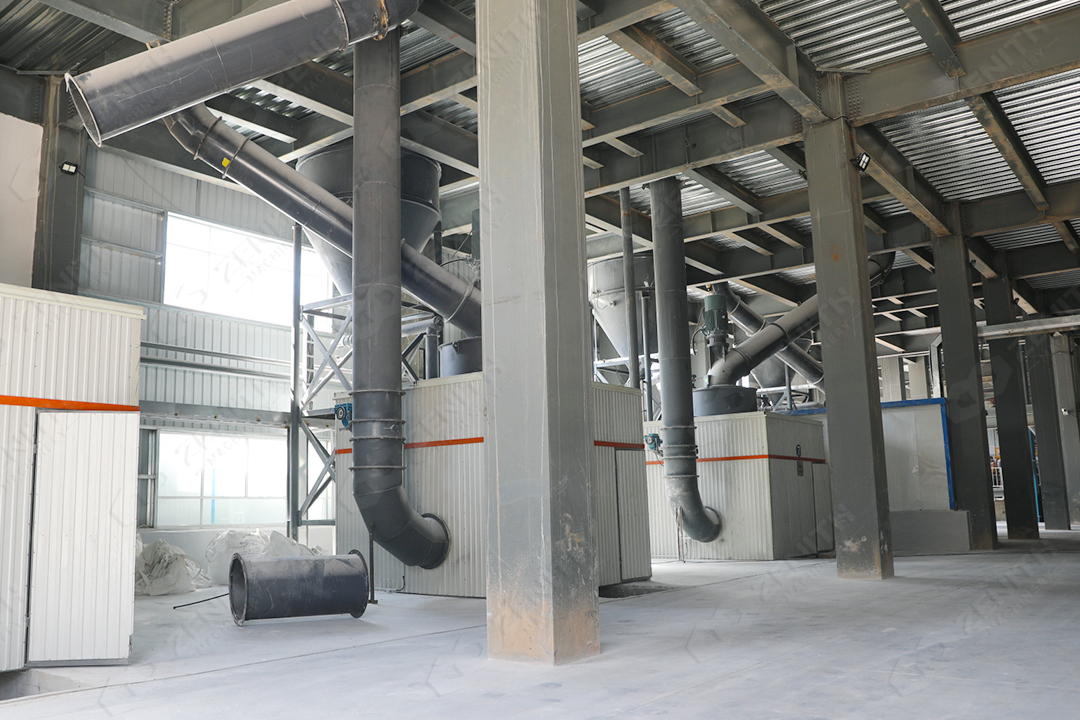
Integrated Systems for Complete Processing
Beyond individual grinding units, Zenith provides integrated systems that handle material from initial crushing through final powder classification. Our approach includes customized solutions for specific electrolyte slag characteristics, whether dealing with pyrometallurgical slag from battery recycling or chemical process residues. The comprehensive nature of these systems ensures consistent product quality while minimizing operator intervention and maintenance requirements.
The XZM Ultrafine Grinding Mill exemplifies this integrated approach, with its ability to produce powders from 325 to 3000 mesh with single classification. The variable frequency drive on the classifier allows precise adjustment of particle size distribution, a critical parameter for optimizing lithium extraction kinetics in subsequent processing stages.
Environmental and Safety Considerations
Processing electrolyte slag presents unique environmental and safety challenges, including potential dust explosion hazards and chemical reactivity. All Zenith grinding systems operate under negative pressure with integrated pulse dust collectors that meet international environmental standards. The sealed designs prevent dust emissions while the automated controls minimize operator exposure to processing materials.
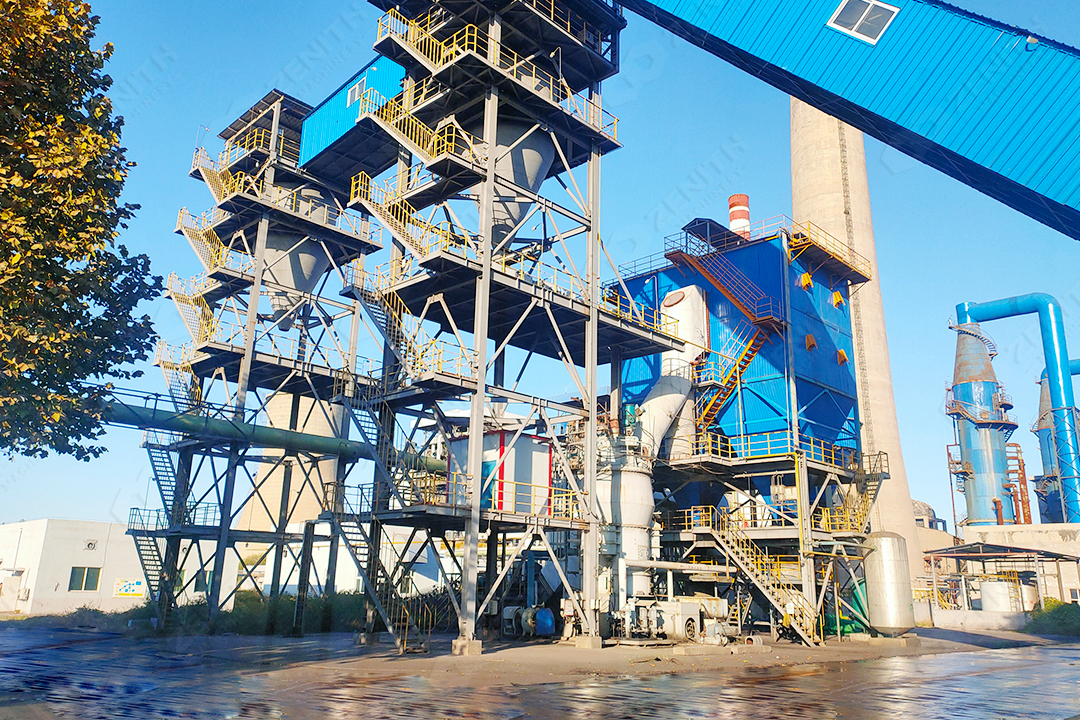
As lithium demand continues to grow, efficient recovery from secondary sources like electrolyte slag will become increasingly important. The right grinding technology not only improves extraction efficiency but also reduces the environmental footprint of lithium production. Zenith's specialized equipment, backed by global service support across more than 180 countries, provides the reliability and performance necessary for profitable lithium recovery operations.

Frequently Asked Questions
What is the optimal fineness for lithium extraction from electrolyte slag?
For most hydrometallurgical extraction processes, the optimal range is 400-1250 mesh (approximately 10-38 microns). This provides sufficient surface area for efficient chemical reaction while avoiding over-grinding that can create processing challenges.
How does grinding equipment affect lithium recovery rates?
Proper grinding liberates lithium compounds from the slag matrix, directly impacting recovery rates. Inadequate grinding leaves lithium encapsulated and unrecoverable, while excessive grinding can create surface passivation or increase reagent consumption.
What safety features are important when grinding electrolyte slag?
Key safety features include explosion-proof designs, negative pressure operation to contain dust, temperature monitoring systems, and integrated fire suppression capabilities. All Zenith equipment meets international safety standards for processing potentially reactive materials.
Can the same equipment process different types of lithium-containing materials?
Yes, with proper adjustment of operating parameters. Zenith grinding mills feature adjustable fineness controls and modular components that can be optimized for various feedstock types, including spodumene, lepidolite, and different slag compositions.
How does energy consumption compare between different grinding technologies?
Zenith's trapezium and vertical mills typically consume 40-70% less energy than traditional ball mills for equivalent output. The exact savings depend on material characteristics and required fineness, with greater savings typically achieved at finer grind sizes.
What maintenance requirements should be expected?
Maintenance requirements vary by equipment type and operating conditions. Vertical mills generally require less frequent maintenance than traditional ball mills, with typical major service intervals of 8,000-10,000 operating hours for grinding components.
How does equipment selection impact overall project economics?
Proper equipment selection affects capital costs, operating expenses, recovery rates, and product quality. Higher efficiency grinding systems typically have slightly higher initial costs but deliver significantly better lifetime economics through reduced energy consumption, higher recovery rates, and lower maintenance requirements.



